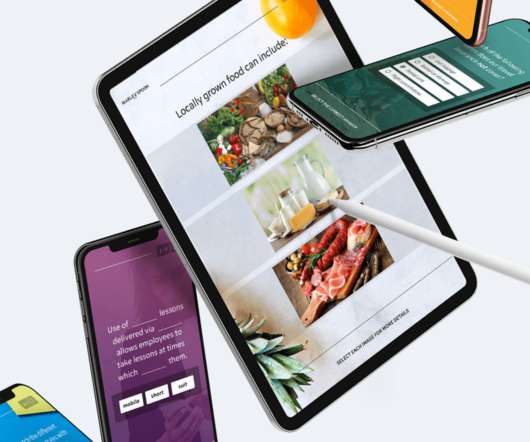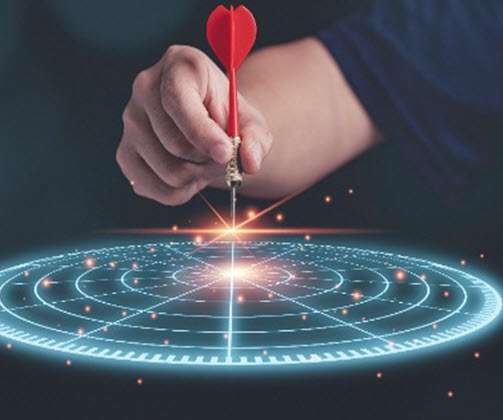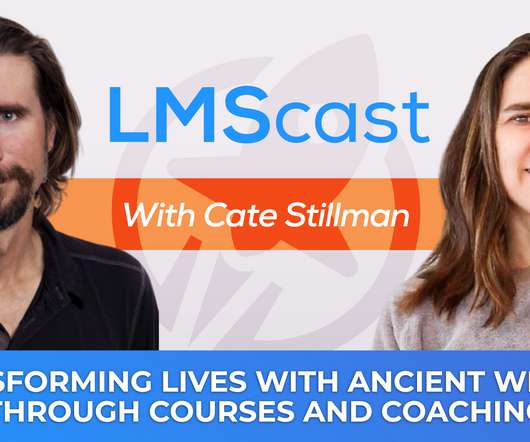Digital Learning from the Perspective of Affective and Social Neuroscience
KnowledgeOne
FEBRUARY 22, 2024
This is the subject of one of the chapters in “Emotions, Learning, and the Brain: Exploring the Educational Implications of Affective Neuroscience” by Mary Helen Immordino-Yang, Associate Professor of Education, Psychology and Neuroscience. But in a way, the same can be said of our brains.






























Let's personalize your content